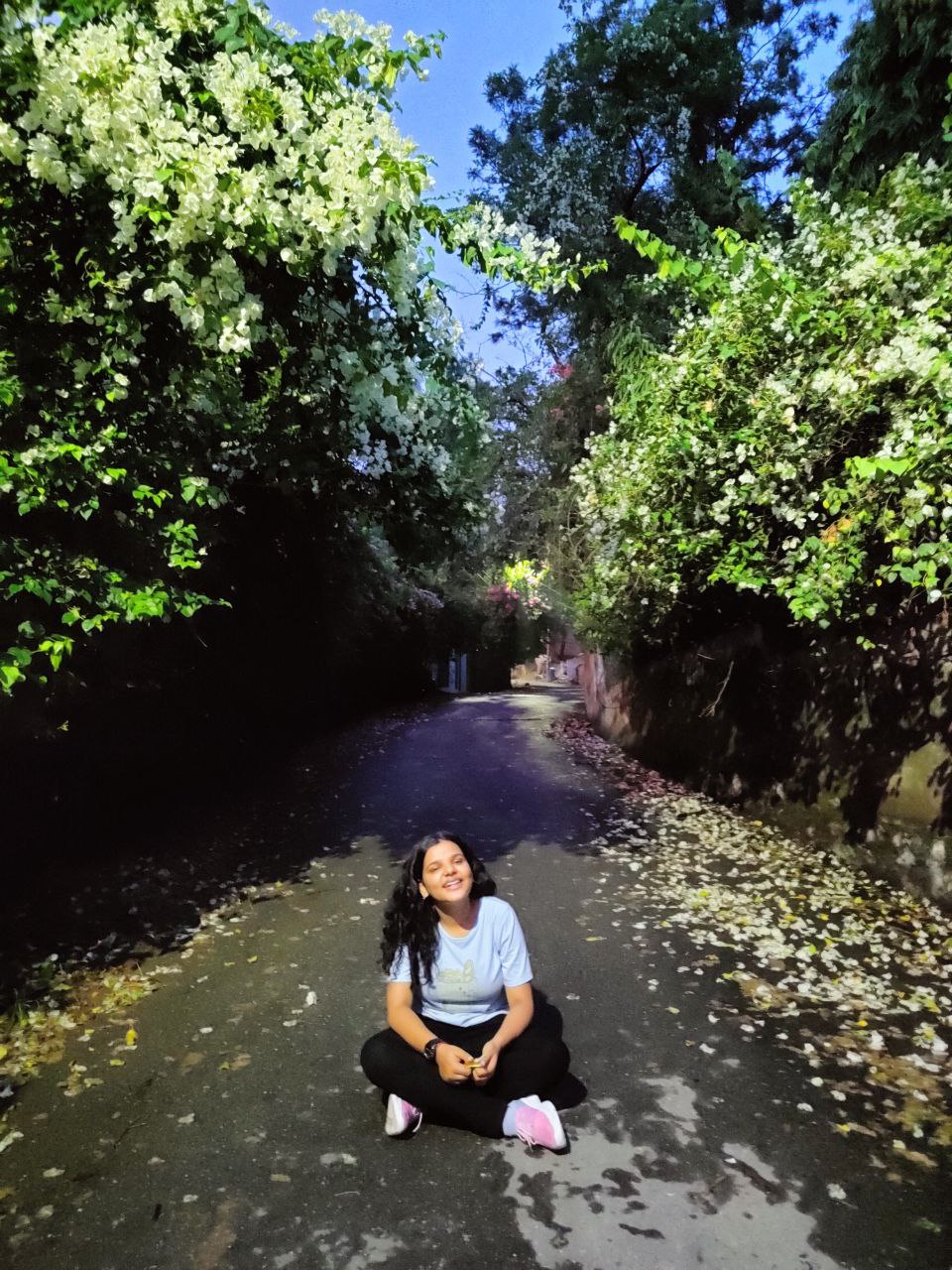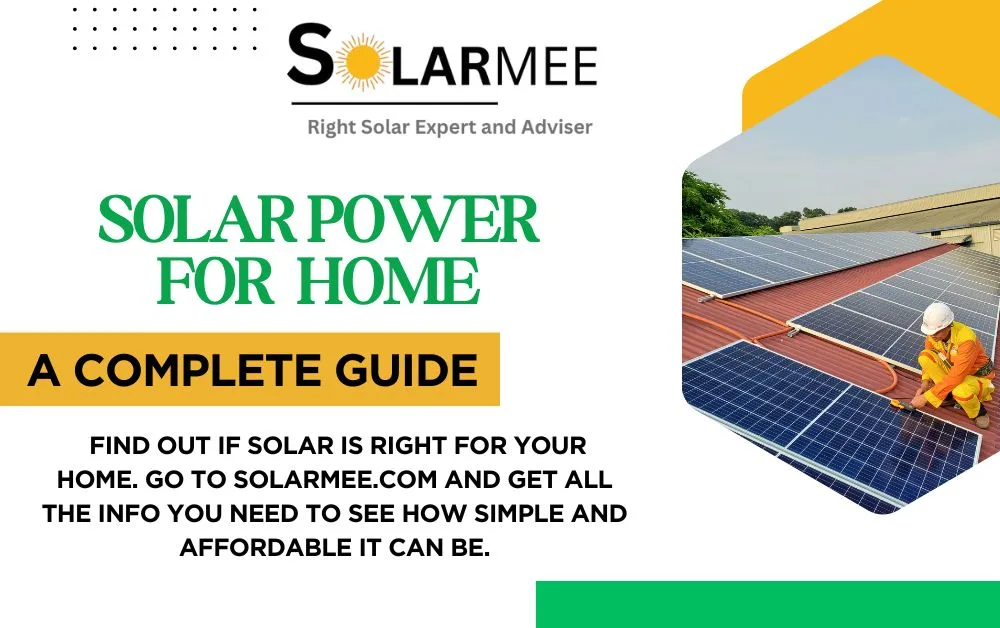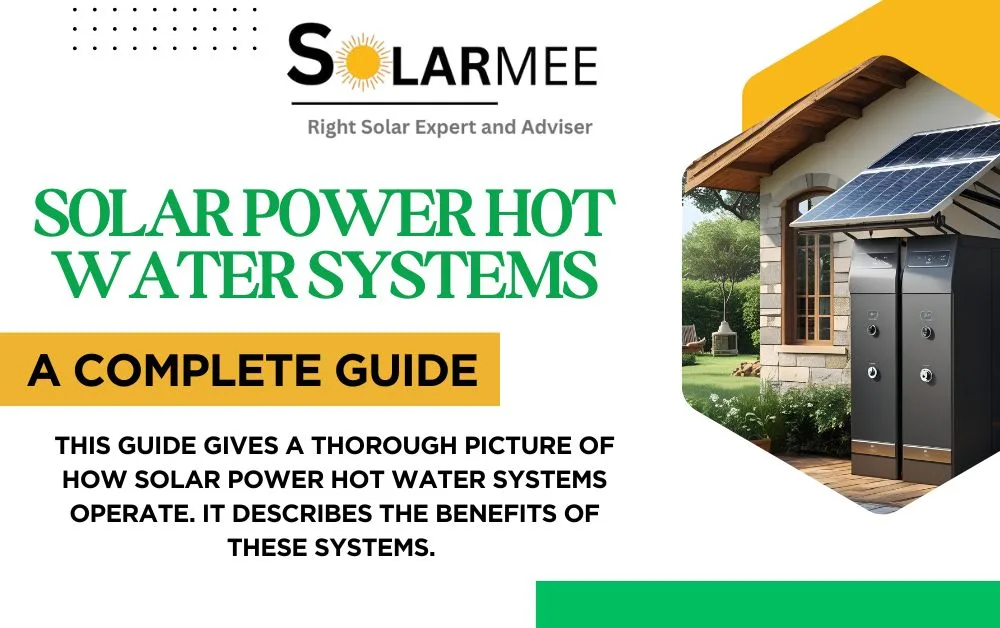Tasmania is rapidly becoming a solar panel installation leader due to ambitious climate targets and an overall increase in the number of people in Tasmania who aspire to install solar panels in their homes.
More than 44,000 households and businesses throughout Tasmania have already invested in solar panels, and the amount continues to increase. Solar power is more appealing and inexpensive than ever as the state is working toward net zero by 2030 and supporting this with new projects and solar rebates.
Although the weather in Tasmania is considered cool, the use of modern solar panels in Tasmania is effective since the amount of sunlight is of great importance, rather than the amount of heat.
More people are putting solar in place in order to save on electricity bills, contribute to the environment, and increase their home prices. Perhaps it might seem somewhat daunting, yet, including the appropriate information, it is not very difficult to go solar.
This blog will be there to assist in the step-by-step guide to installing solar panels in Tasmania alone. It provides tips on the ground and actual reviews to ensure that everyone who is willing to begin their journey to solar will have no doubts.
Depending on whether after saving on energy, a more eco-friendly house, or just out of curiosity, this guide includes everything that someone needs in order to have a solar panel installed in Tasmania, from the initial thought up to the flick of the switch.
Understanding Solar Panel Installation Basics
The installation of solar panels is all about the establishment of a mechanism whereby sunlight is converted into power to serve households or companies in Tasmania. The installation process of solar panels:
A group of people will first examine your roof (or land) to confirm that it is strong and receives sufficient sunlight, and lastly install racks or frames to install the panels.
Then the panels are installed and are connected to a special inverter (converting the electricity to a useful form), and then the entire system is inspected and connected to the grid. Solar panel installation typically requires licensed personnel, permits, and a little formal paperwork before it is switched on.
Should we install Solar Panels in Tasmania?
Yes -solar panels are worth it in Tasmania among the majority of homes. Although it is known that Tasmania has cool, cloudy days, studies reveal that the sun’s rays, rather than the heat, are required by solar panels.
Panels of good quality are quite efficient here, and the government rebates allow payback to be quite quick, under seven years. Also, as energy costs are increasing, any solar power generated at home will save money that would have been spent on large power companies.
Residential vs. Commercial Solar Panel setups
| Setup Type | Size | Roof Type | Usage | Example |
| Residential | Small | Tiled, metal, or sloped | Powers a household | A family home |
| Commercial | Large | Flat, big, or industrial | Powers businesses | A warehouse/factory |
A couple of factors determine the successful installation of solar panels:
- Roof condition: This is because the roof must be sound enough to support the panels for several years.
- Shading: Panels are pleased with sunshine! The trees or other buildings will create shade that is not good, and therefore, installers seek open areas.
- Orientation: The roofs facing north are most effective in collecting the maximum amount of sunlight, and this is why the panels are normally positioned facing north.
In conclusion, a word of advice when installing solar panels is that one should plan and prepare all that would entail, ensuring that there is no shade, the correct direction is used, and that licensed technicians carry out the task, and it is safe and approved! It is a clever application of the sun to make things work, and it is environmentally and energy bill-friendly as well.

Step-by-Step Solar Panel Installation Guide
Step 1: Site Assessment & Energy Audit
To begin with, a solar specialist comes to the house and inspects the roof, as it is like a check-up before placing your home under a new energy system. They seek any shade of trees or chimneys and ensure that the roof is firm and in good condition. They will also investigate the direction to which the roof is exposed and the space that will accommodate panels.
Besides that, the expert will research the power bills in the recent past to familiarize himself or herself with the amount of energy that the homestead generally consumes. This means that once this energy audit is right, the system may be optimally aligned to the needs of day-to-day operations with minimal possibility of bill shock in the future.
Step 2: Selecting the appropriate Solar Panel.
Not every panel is an equal! They come in three varieties: monocrystalline (black and most efficient), polycrystalline (blue, a little less efficient but cheaper), and thin-film (flexible but less widespread with homes). Monocrystalline is typically effective in Tasmania, whose climate is less sunny and hence a colder climate.
They work better when the sunlight is low and when it is cold, hence saving energy remains high even during cold winter mornings. However, a good installer will discuss all the possibilities, efficiency, budget, and roof space, so the decision would suit both the climate and the special needs.
Step 3: Designing the System and Obtaining Permits.
The plan is drawn up by the installer with the right solar panels selected. This involves determining the appropriate size of a system to install in the home, choosing the appropriate inverter (the device that converts solar energy into a usable form of power in the home).
And determining whether to have a battery that can be used at night. It is she who the paperwork begins: the installer calls TasNetworks to approve network connection, and deals with local council permits or planning issues. It is essential to acquire such green lights, and hence the system complies with all the rules of Tasmania.
Step 4: Installing Mounts & Panels
It is time to get down to business on the roof. Powerful metal mounts are attached to the roof rafters (there is nothing to fret about because they are waterproofed). These mounts are then attached to the panels, and in Tasmania, the panels will normally be facing north so that they will receive maximum sunshine and will have longer periods of sunshine.
Installers recheck the tilt and direction once more, and they see that the panels are tilted at an exact angle so that the island receives the sun. Such a cautious installation will result in reduced agitation in the future and an increase in the amount of green energy in the daily routine.
Step 5: Inverter Connection and Wiring
The team installs special solar wiring neatly and in a safe manner, with the panels fitted- these are used to connect the panels with the inverter. The inverter is normally put near the switchboard. There is nothing more important than safety at this point, and therefore,
Only licensed electricians can be used when handling such connections. All the wiring and connections are checked by them to ensure that there are no short-circuits or hazards as per the strict Tasmanian safety codes.
Step 6: Grid Connection and Testing
Then, the next step is to connect the system to the electricity grid (unless there is a battery to live off-grid). Paperwork is sent to the installer to meter; Aurora Energy or some other valid provider may replace or reprogram the meter of the home, such that they can track solar power.
Once the system has been inspected, the installer switches it on. Any unused electricity is then refunded into the grid, after which the power bill begins to reflect solar credits- good news each time the bill comes!
Costs of Solar Panel Installation in Tasmania
Average Cost by System Size
In the case of Tassie homes, the average cost that people are typically paying to install solar with rebates included is;
- 3kW: About $4,500–$5,500
- 5kW: Approximately $5,900-8,500 (in the range of 6,000 is the norm with Hobart)
- 10kW: The bottom of the budget range is between 8500 and 13500, depending on high-end equipment.
You may find lower prices in the market; however, these estimates tend to cover the prices of good panels, labour, and all extras.
What Causes Price to go Up (or Down)?
One or two details may push the price above or below:
Brand issues- Established, trusted brands will raise the cost, but in many cases, lead to a reduced number of problems in the future.
Labour cost-Roof type and difficulty: Flat roofs, steep roofs, or roofs that are covered with materials that are tricky to work with (such as tiles) will increase the cost of labour. Simple tin roofing is the easiest and least expensive to work on.
Whom to install- Are there any installers you recommend? The large solar installers may charge a good price, yet Tasmania has hundreds of smaller local installers, all of whom do a great job (at a reasonable price).
System size: The larger systems are expensive in the short run but have higher savings over time.
Quick Tips
Get quotes from at least three installers- even just to compare the level of service.
Ensure that the installer is accredited and a good installer- check on actual reviews done by locals of Tassie.

Maintenance, Insurance & Lifespan of Solar Panels
In Tasmania, it is estimated that solar panels can last up to 25 to 30 years under the condition that they are well kept. They have to be cleaned in between the intervals (2-12 months) to eliminate the dust, dirt, bird droppings, and other debris that can decrease their efficiency by approximately 20 percent.
Washing is to be performed with soft brushes and gentle soap; high-pressure water or strong chemicals may ruin the panels. Inspections should also be conducted twice to detect cracks, wiring problems, or shaving that could reduce the output of energy.
Maintenance does not only concern the panels, but it is also necessary to check the wiring and the inverter system since these parts of the system might wear out sooner, and need replacement usually within 10 to 15 years. To ensure safety and best operation, electrical repairs in Tasmania must be performed by a licensed electrician with annual inspection suggested.
Regarding insurance, in Tasmania, it is possible to cover the solar panels with the home insurance policies, but the conditions should be checked. Damage due to storms, fire, theft, or accidental damage is normally covered by insurance, and this helps to protect the investment.
In general, frequent cleaning, periodic checks of the solar panels by specialists, and proper insurance cover can ensure that the homeowners in Tasmania will have efficient and properly maintained solar panels within the 25-30 year lifespan of their service.
Selecting the Tasmania Solar Panels and Installers
| Brand | Efficiency | Warranty | Performance & Reliability | Customer Reviews Highlights |
| LG | ~20.4% | 25 years (product & labour) | High quality, low failure rate, rigorously tested, durable in harsh weather | Strong reputation for lasting quality; premium but trusted brand |
| SunPower | Up to 22.8% | 25 years of comprehensive | Industry-leading efficiency, highly durable, performs well in heat, and has minimal degradation | Very positive reviews on long-term value and reliability |
| Jinko | Over 21% | 10–12 years product, 25 years performance | Durable in extreme conditions, bifacial options, reliable, and efficient | Good value and high performance with strong warranties |
| Canadian Solar | ~22.5% | 25-year product, 30-year power | High power output, good resistance to the Australian climate, extensive warranty & service | Reliable performance and competitive pricing |
What Locals Say
People in Tasmania often choose Jinko and Canadian Solar because they strike a balance between value and performance. You don’t need to spend huge amounts on a system that works well in Tasmania’s weather. SunPower and LG are top-of-the-line, super-efficient, but are more for those wanting the best warranty and don’t mind paying more.
Tips for Picking an Installer in Tasmania
- Always choose someone who is SAA (formally CEC) accredited—a must for government rebates and safety.
- Ask for detailed quotes, including product specs and performance estimates, not just one price.
Check real customer reviews for installers; look up names like Expert Electrical Tasmania, Tasmania Safer Solar, and Maximum Solar, which have good reputations locally.
- Ensure your installer clarifies everything from panel choices to installation processes so you might circumvent bad design or dishonest methods.
- Installation quality and guarantee support are quite important over the long run; therefore, don’t settle for the lowest offer.
Example:
If someone in Hobart gets panels from Jinko or Canadian Solar, with an accredited local installer, they’ll likely save more and still get great performance. It is a little like purchasing a car; the shiny one at times is good, but the one that is stable and an inexpensive model is equally good in day-to-day life in Tassie.
Also Read: Step-by-Step Guide for Solar Panel Installation in Australia
Conclusion
The process of installing solar panels is not very difficult when divided into several steps. Based on the evaluation of your roof area, obtaining permissions, selecting an appropriate system, and finalizing grid connection, every process is a safe and efficient setup.
This solar panel installation manual will assist people in making the right choice and save money, as well as minimize the use of fossil fuels and energy costs. In addition to the savings in costs, solar energy also adds value to your house in the long term and provides a sustainable future.
It is worth having a professional installer talk to you about what you need in your home and advise you on the best system to use before committing to anything. This step will bring you a step closer to cheaper and cleaner energy.

“Hi, I’m Ishita ,a content writer who loves turning ideas into engaging stories. I specialize in writing blogs, articles, and website content that connects with readers. Over the past few years, I’ve worked with startups and companies to create clear, creative, and impactful content. When I’m not writing, you’ll usually find me reading or exploring new ideas for my research. This website is my space to share my work and connect with people who value quality writing.”




